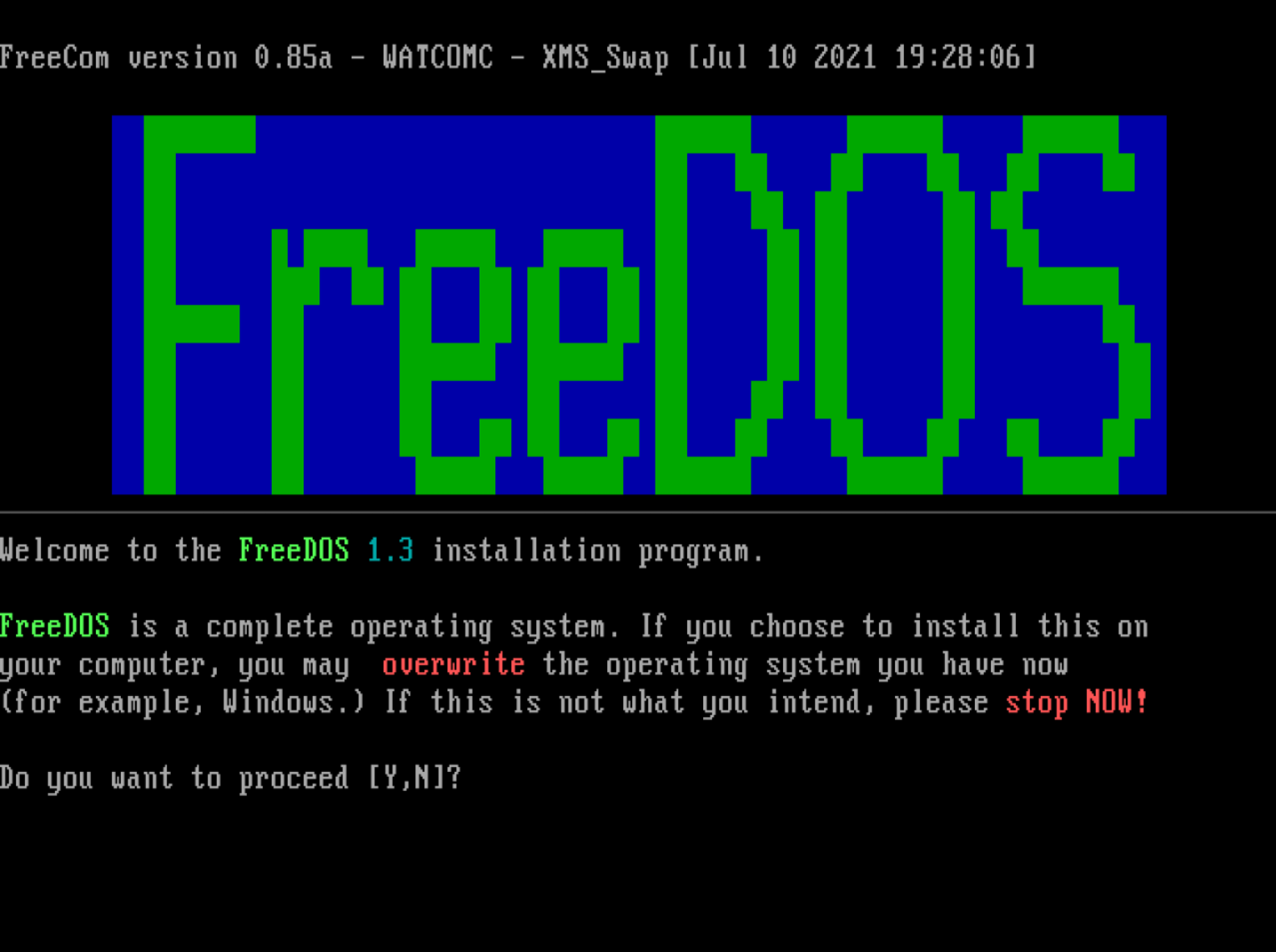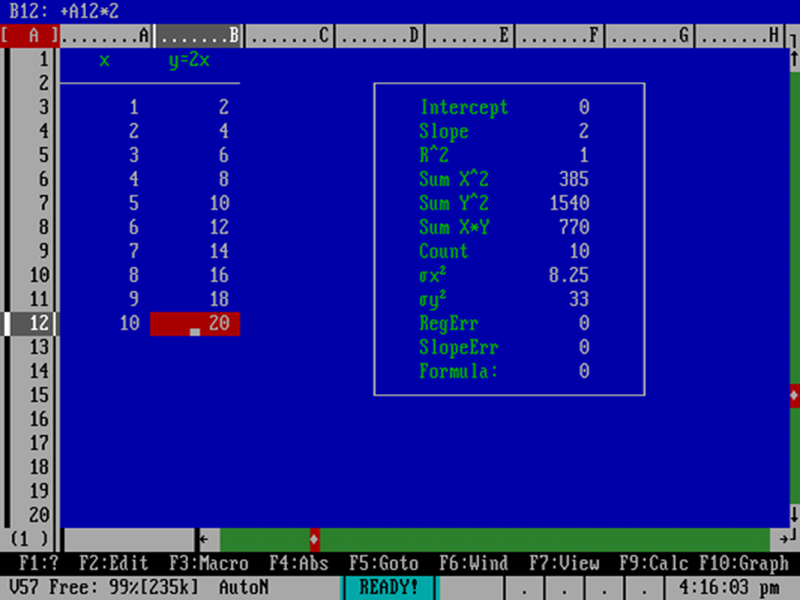Two big things happened in the world of text-based disk operating systems in June 1994.
The first is that Microsoft released MS-DOS version 6.22, the last version of its long-running operating system that would be sold to consumers as a standalone product. MS-DOS would continue to evolve for a few years after this, but only as an increasingly invisible loading mechanism for Windows.
The second was that a developer named Jim Hall wrote a post announcing something called “PD-DOS.” Unhappy with Windows 3.x and unexcited by the project we would come to know as Windows 95, Hall wanted to break ground on a new “public domain” version of DOS that could keep the traditional command-line interface alive as most of the world left it behind for more user-friendly but resource-intensive graphical user interfaces.
PD-DOS would soon be renamed FreeDOS, and 30 years and many contributions later, it stands as the last MS-DOS-compatible operating system still under active development.
While it’s not really usable as a standalone modern operating system in the Internet age—among other things, DOS is not really innately aware of “the Internet” as a concept—FreeDOS still has an important place in today’s computing firmament. It’s there for people who need to run legacy applications on modern systems, whether it’s running inside of a virtual machine or directly on the hardware; it’s also the best way to get an actively maintained DOS offshoot running on legacy hardware going as far back as the original IBM PC and its Intel 8088 CPU.
To mark FreeDOS’ 20th anniversary in 2014, we talked with Hall and other FreeDOS maintainers about its continued relevance, the legacy of DOS, and the developers’ since-abandoned plans to add ambitious modern features like multitasking and built-in networking support (we also tried, earnestly but with mixed success, to do a modern day’s work using only FreeDOS). The world of MS-DOS-compatible operating systems moves slowly enough that most of this information is still relevant; FreeDOS was at version 1.1 back in 2014, and it’s on version 1.3 now.







 Loading comments...
Loading comments...
